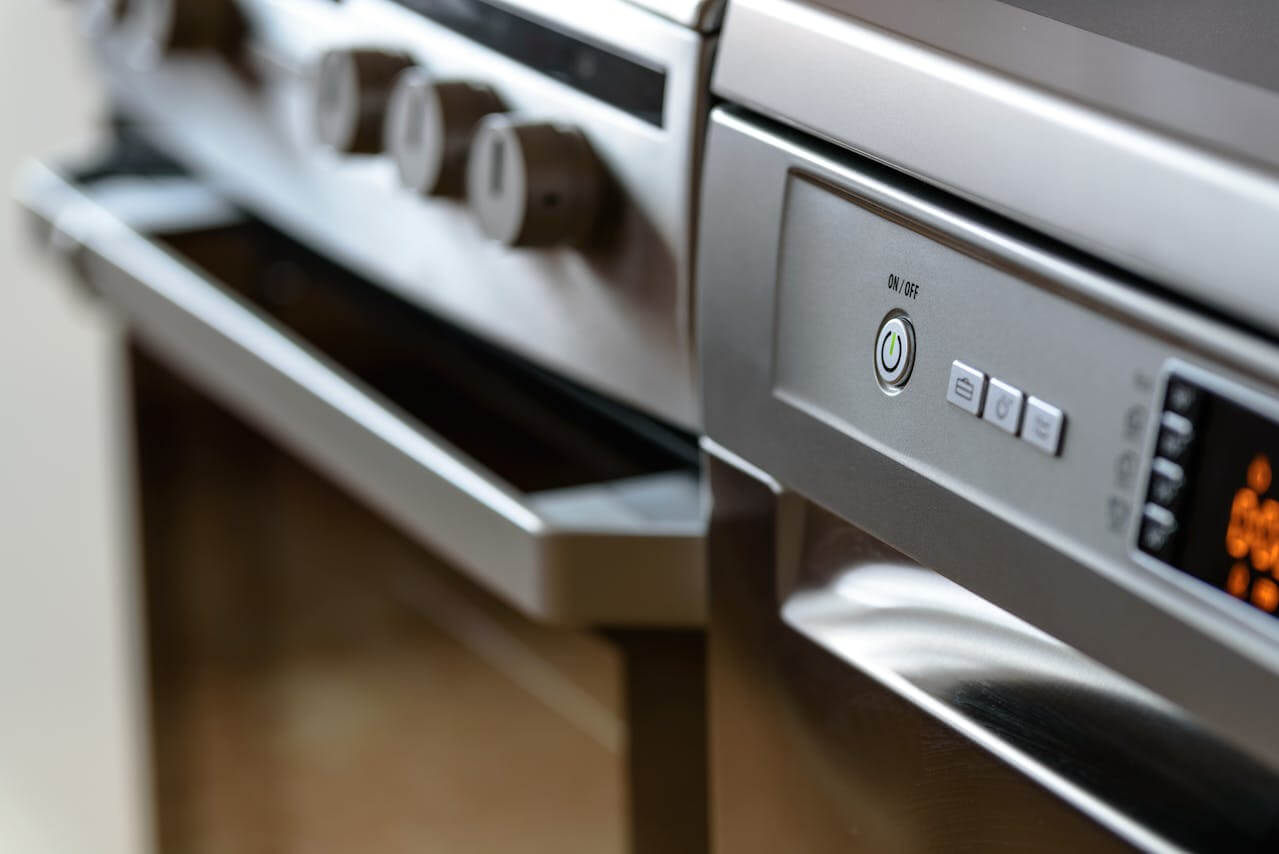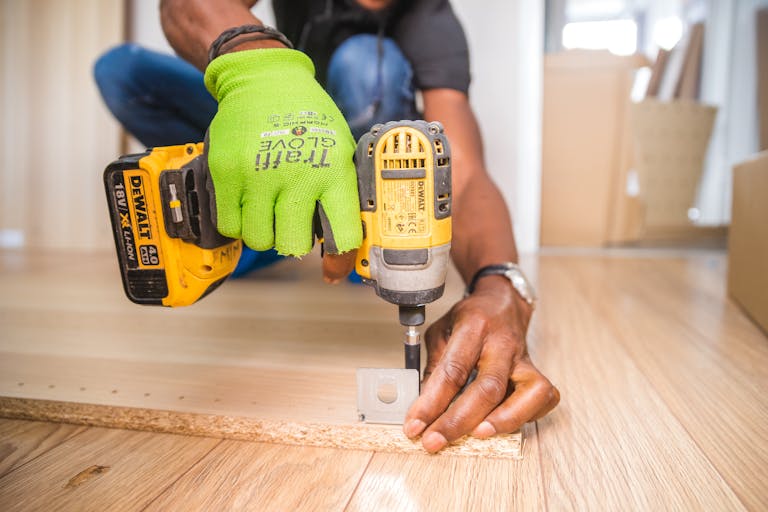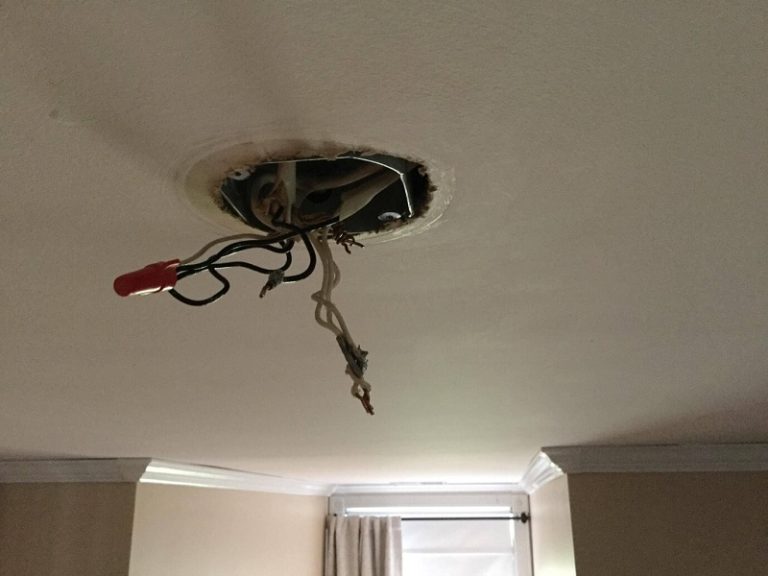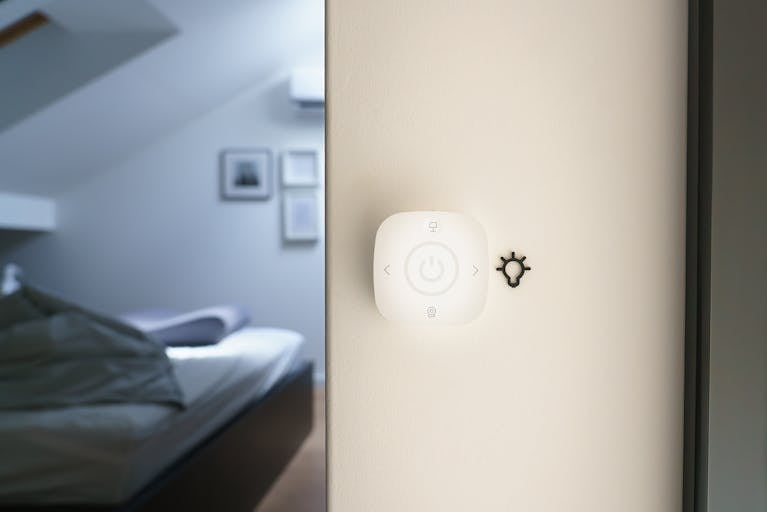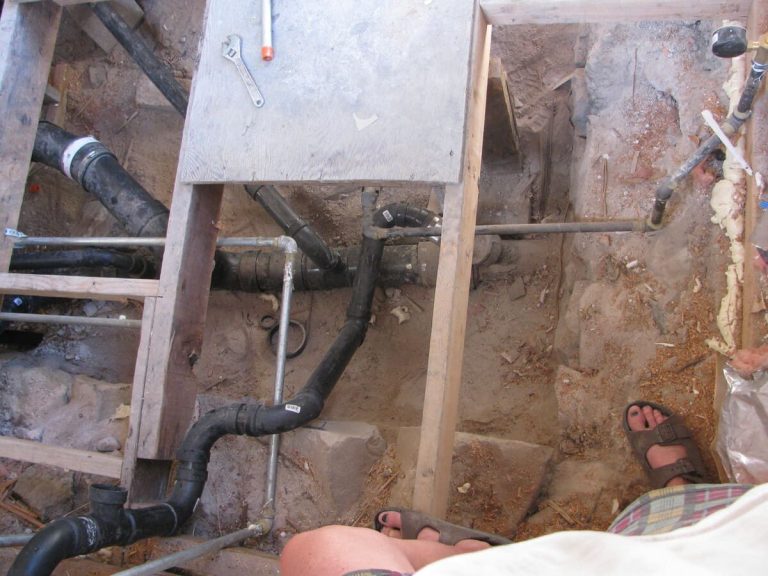3 Household Appliances Problems That You Should Fix!
If you’re like most folks, you anticipate having to pay a repairman when your appliance goes down. After all, it’s difficult to do this without a microwave or a clothes washer for an extended period of time, yet most of us have no idea where to seek the problem.
Remarkably, many frequent appliance malfunctions are simple to detect and repair. You may save big bucks by doing many repairs yourself with just an affordable multimeter and nut drivers.
We’ll explain to you how to discover and fix common household appliance malfunctions, such as ovens as well as dryers, in this post.
1. The gas oven will not heat up
Whenever your gas oven won’t ignite, check for basic issues first. Check to see if the oven is turned on and has power. Examine the socket for electricity if the oven light does not come on.
Our repairman says he frequently “repairs” an oven by connecting it in or turning off the power. He must still bill for the site visit.
Ouch! If you have an outdated oven with a rotating bezel rather than a digital watch. Double-check that it isn’t switched to manual. This will prevent it from turning on right away. Check the lighting components beforehand calling a repair shop if these options don’t work.
Lights that are used as a pilot
A small spark (pilot light) must stay burned to ignite the combustion in a pilot light oven. The burner component, which is usually present through the gratin drawer opening.
Can be used to identify a pilot light oven. A gas tube with a “thermocouple” placed near its tip will be visible. The thermometer is a tiny cylinder connected to it by a copper foil tube.
If your pilot light goes out, see your stove’s manual for directions on how to relight it, or contact your local gas provider. Pilot lights are no longer common in ovens; therefore we won’t address them here.
Ignition via spark
Ignition via spark: You get an ignition timing pilot component if you turn on your microwave and hear popping. It’s a ceramic tube in the shape of a pencil with a metallic tip on one base and then a wire flowing from one end to the other.
2. Electric dryer won’t heat
Firstly, ensure sure the washer circuit breaker isn’t blown and also that the dryer is receiving power. If restarting the fuse box does not resolve the issue, the thermofuse should be tested.
Remove the dryer from the wall by unplugging it. Disconnect the back metal cover by unscrewing it. The thermofuse is positioned on the dryer’s backside.
If the thermofuse is bad, test something and replace it. Check the thermometers for evidence of burning or faulty connections, and repair them if they appear to be defective.
In such type of a situation, you can also consider a service of appliance repair in Kelowna to ease your tensions regarding your favorite appliance.
3. The igniter on the gas dryer does not generate heat
Try the simple remedies first if your gas dryer isn’t starting to heat up enough just to dry your clothing. To eliminate undetectable fabric conditioner accumulation, wash the lint screening in the hot cleaning solution.
The dryer may shut down due to clogged air passageways. Additionally, ensure sure the vent isn’t blocked with lint at the point where it exits the wall.
Lastly, use a welder’s snake to wipe out the vent line from outside the exhaust to the dryer aperture. To remove lint accumulation, tie a cloth to the snake and draw it back through the vent.
Check gas regulator
If your dryer is still not heating, double-check that the gas regulator is opened. And also that the washer is connected in and receiving power. In the vast majority of cases, one of these fixes will resolve the issue.
All of the repairs we demonstrate are straightforward. You take out a few screws and replace them with a new part. The difficulty is determining which component needs to be replaced.
Remove the oval plug across the front of the machine or the front access panel to begin. To replace the panel, press out on the lowest corners. Screws are used to hold some panels in place.
Secondly, with the dryer connected in and switched on, look for indications in the ignition system.
The first step is to look for a thermofuse that has been blown out. The therm fuse is a security measure that turns off the dryer’s burner if it overheats.
The thermofuse must be repaired when it runs out. Check for electricity to the burner while the dryer is hooked in and switched on.
Disconnect the dryer, take it away from the fence, and remove the rear panel if there is no power. You might be able to avoid removing the gas if you have a retractable gas connection.
Alternatively, turn off the gas and unhook the gas line at the dryer’s entrance. The thermofuse is next put to the test.

